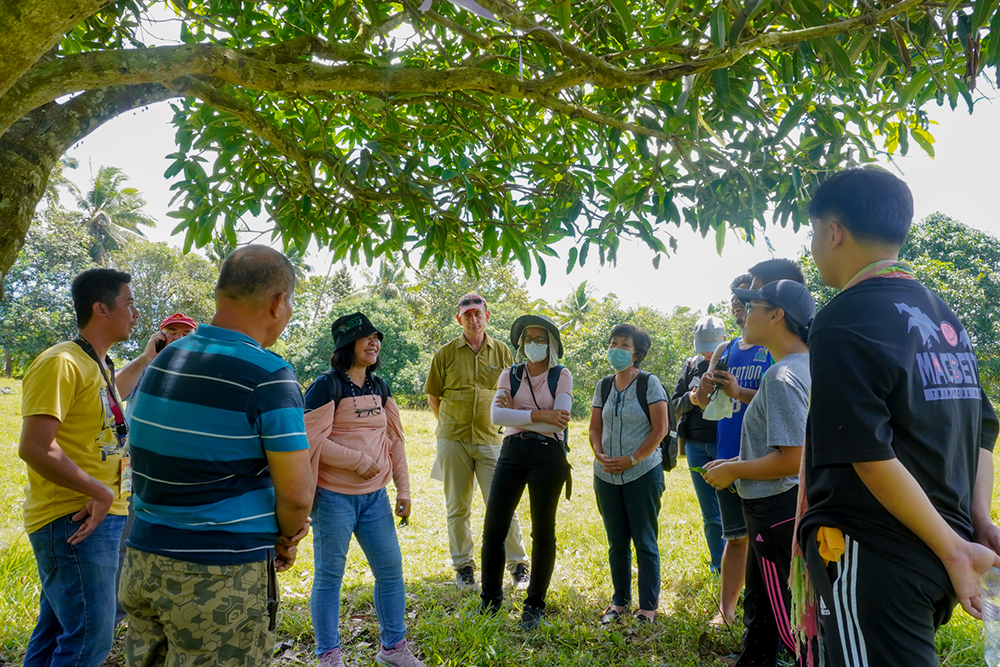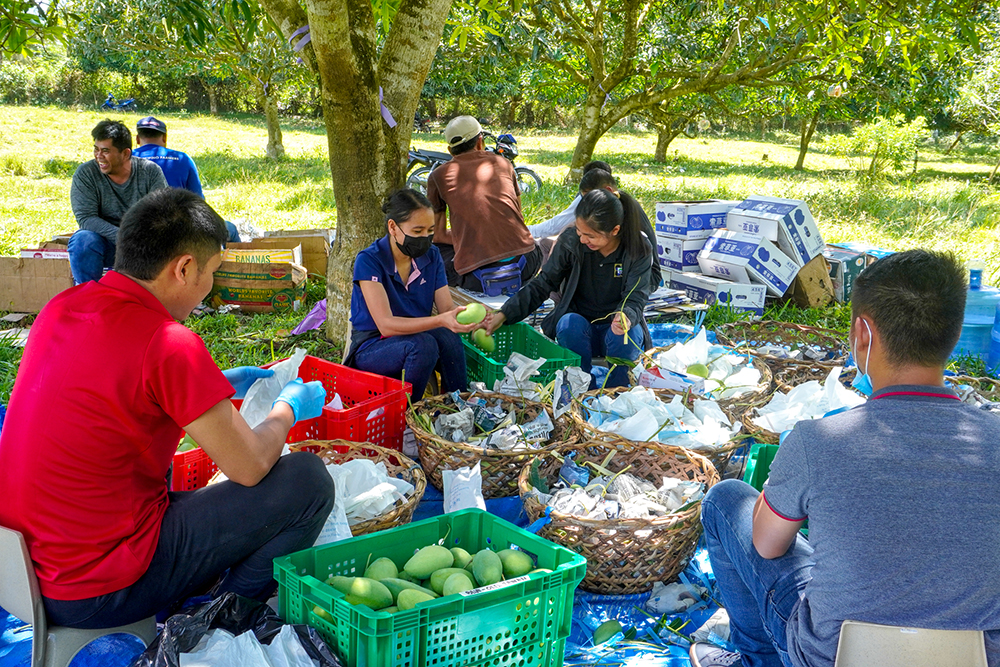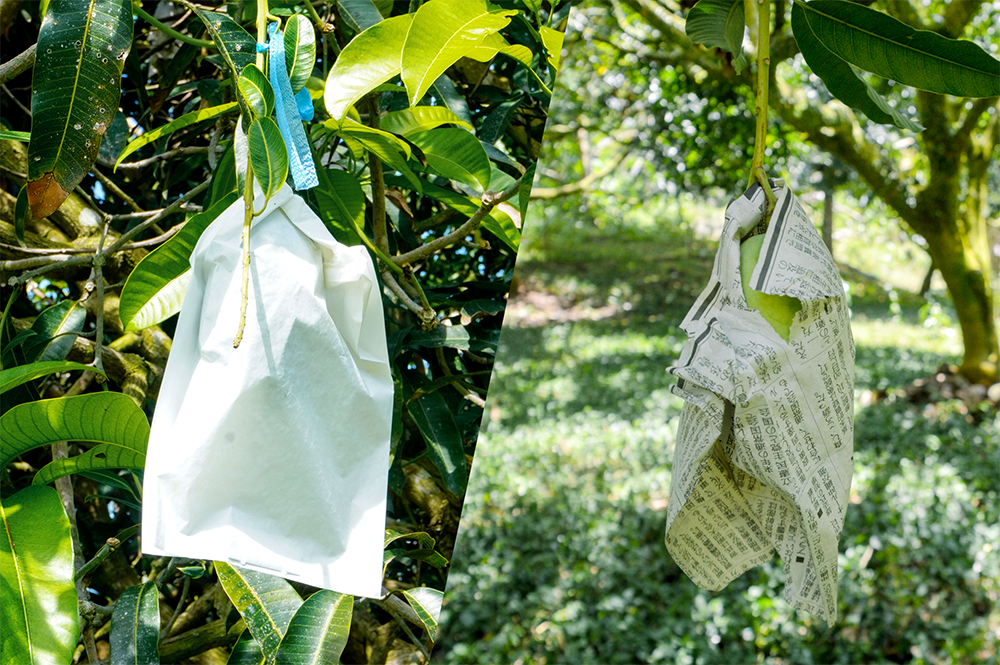An ongoing collaboration between Australia and the Philippines identifies potential strategies to reduce fruit fly infestation and improve the yield and quality of Carabao mango through innovative area-wide management (AWM) approaches.
Funded by the Australian Centre for International Agricultural Research (ACIAR), the project, “Development of area-wide management approaches for fruit flies in mango for Indonesia, Philippines, Australia, and the Asia-Pacific region” was recently monitored to oversee the progress of its project sites in Samal Island, Davao del Norte, and Davao City.
The Philippine Council for Agriculture, Aquatic and Natural Resources Research and Development of the Department of Science and Technology (DOST-PCAARRD), as one of the project’s key partners, serves as the Philippine counterpart of ACIAR in monitoring the said project.

Key representatives from ACIAR, DOST-PCAARRD, UPMin, UPLB, and PAGRO Davao del Norte with farmer cooperators in Samal Island. (Image Credit: Crops Research Division, DOST-PCAARRD)
With the integration of AWM, pest and disease control strategies, and best management practices, farmer cooperators showcased their mango fruits with promising qualities for export.
Among the major contributors to this result is the recommended fruit bagging material used by the farmer cooperators, which provided visible differences in the fruit quality as compared to the use of imported newspapers. The use of the said fruit bagging material may also potentially reduce pesticide application.
The project team from the University of the Philippines Mindanao (UPMin), led by Dr. Emma Ruth V. Bayogan, is currently exploring the optimal number of uses for the fruit bagging material. This will determine the overall costs of its utilization in mango production. They are also working on improving postharvest handling systems, such as optimizing hot water treatments to prolong the shelf-life of quality mango.

Researcher Ms. Leizel Secretaria of UP Mindanao and ISP Manager for Mango Ms. Ma. Cecilia S. Alaban of DOST-PCAARRD unbagging the harvested mangoes in Samal Island, Davao del Norte. (Image Credit: Crops Research Division, DOST-PCAARRD)
The Provincial Agriculturist Office (PAGRO) of Davao del Norte, under the leadership of Dr. Juliet Cristina M. Zambrano, is also intensifying its efforts to promote the utilization of the said bagging material, alongside implementation of good agricultural practices (GAP) through their partnerships with local farmer cooperatives.
Entomologist Dr. Celia dR. Medina of UP Los Baños (UPLB) leads in implementing the fruit fly monitoring study to continuously assess fruit fly injury levels on the mango fruits produced. This study will serve as an indicator of the project’s success.
Industry Strategic S&T Program (ISP) Manager for Mango, Ms. Ma. Cecilia S. Alaban represented DOST-PCAARRD in the said monitoring activity joined by Project Leader Dr. Stefano De Faveri, Consultant Mr. Peter Johnson, Dr. Bayogan, Dr. Zambrano, Dr. Medina, and key supporting staff from ACIAR’s collaborating agencies.
Significant outcomes of the project are set to increase the profits of mango growers, expand market access, and boost the mango industry, not only in the Philippines but the whole Asia-Pacific region.

